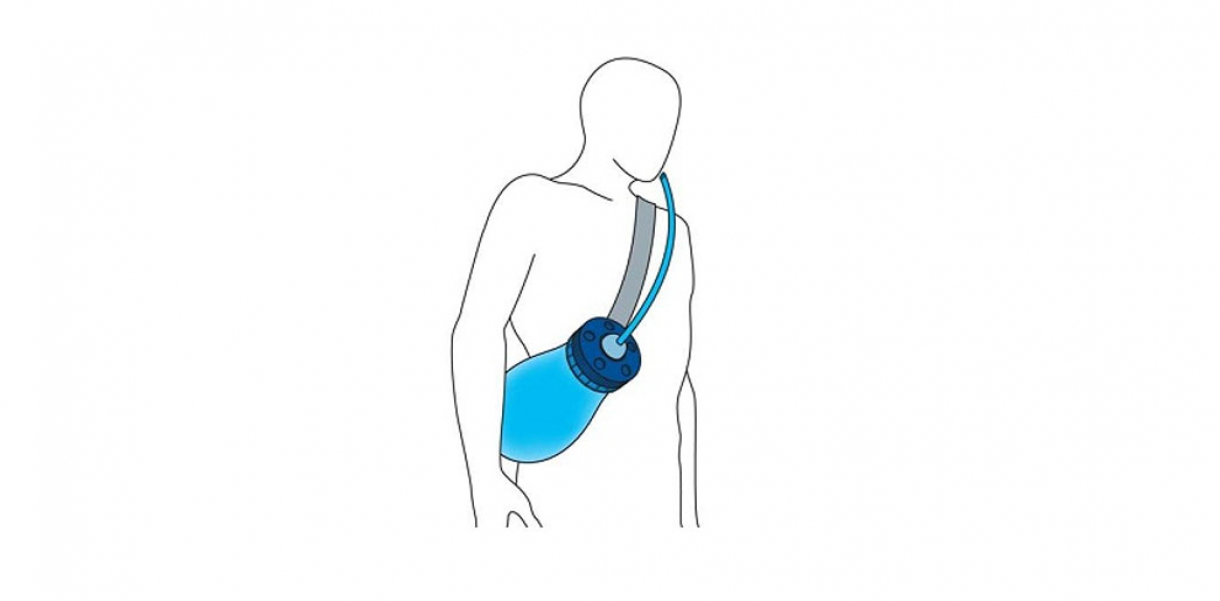Taking advantage of this opportunity, a multi-disciplinary class at the University of Illinois at Chicago (UIC) worked in collaboration with AIGA and election officials in two states to improve the American voting experience.
Functionality and use of design
Activities
- Encourage participation
- To ensure that each eligible citizen is informed about their rights and responsibilities. Programs and literature used to recruit poll workers and educate young voters. Posters designed to reach Asian-Americans, Mexican-Americans, Polish-Americans, Puerto Ricans, and other potentially disenfranchised communities
Gather Information
- To ensure that each eligible citizen can make an informed decision about issues and candidates. Voter education literature, state and county voter information websites provide information in the way voters wish to receive it — organized into categories of learn, serve, register, and vote
Register
- To ensure, as much as possible, that each eligible citizen is registered to vote once and only once. Voter Registration Card design makes information clear and accessible to voters while addressing new election code compliance issues
Vote
- To make sure that eligible citizens can exercise their right to choose. Prototype designs for punch card and optical scan ballots respect existing technologies and introduce user friendly layouts with clear information, and greater legibility. Electronic voting interface provides the .rst professionally designed interactive demo for electronic voting
Place
- Information + Navigation
- Polling place set-up: guidelines for improved space management and .ow Informational signage; indicated by blue color provides useful information Instruction signage: indicated by red color provides process demonstration Way.nding: signs to help voters .nd their way
Equipment
- Pollworker Station Trays: save time and provide information Voting Supply Carrier: improved handling and organization of materials/set-up Voting booth design improved technology and privacy Universal Voting booth: for both seated and standing voters. Tools for disabled voters: for greater access
People
- Poll worker Training + Recruitment
- Election Judge Manual: reorganized and clari.ed content and established graphic standards with simpli.ed drawings and navigational aids.
- Electronic Training Support: presentation in alignment with the Election Judge Manual that is used in the day-long training session for all who serve in the 2,500 polling places in suburban cook count
Document Managements
- Administrative forms + envelopes system revolutionized behind-the-scenes administration by clarifying procedures and decreasing the possibility for error
How did this design improve life?
Activities + Place + People = Community
For our work, community can be de.ned as the sum of the activities, places, and people involved in election process. Our program is designed to improve the lives of all who come in contact with the tasks, environments, and exchange of participatory democracy. It is our intent to in.uence the design of election materials and processes on a national scale. As we continue our work, the prototypes developed from 2000-04 are to be made available as models for improvement for local, national, and international election authorities.
Activities: Design of things the voter sees and does
In November 2000, 111 million people cast ballots in the U.S. general election, yet 186 million was eligible to vote. Our program for encouraging participation includes a vote! logo designed to symbolize the con.dence, pride, dedication, enthusiasm, duty, and sense of community that represents participation in democratic process. Our contribu-tion to AIGA Get Out The Vote is designed to reach voters who may be disenfranchised by language or cultural barriers.
Ballot design reform is where we began, and it remains the core of our election design initiative. We have established basic guidelines for increased clarity and legibility, and have begun to address the legal and procedural changes that will be necessary for signi.cant improvement.
Place: Design for the environment the voter experiences
The Polling Place is a temporary, often confusing, environment. Most polling places are in neighborhood locations: school auditoriums, church basements, of.ce building entryways — spaces that were not designed for the purpose of conducting an election. Our work addresses the temporary nature of the environment by providing signs that clearly identify way.nding, information, instruction and services.
People: Design for those with whom the voter interacts
Those who serve in the polling place have direct in.uence on the voter’s experience. They also impact the ef.ciency of election administration. Our work provides detailed guidelines for page layout and content management of a poll worker training and reference manual including templates for electronic training support.
The forms, envelopes, and instructions used for election record keeping and vote re-cording can be very confusing for poll workers. Design for Democracy has developed a document management system that includes large reference numbers, consistent placement of information, clear instructions, and a color coding system that provides instant, useful information.
Drawbacks of life improvement
None that we know of
Research and need
Research reports that informed our work:
Disenfranchised by Design: Voting Systems and the Election Process
Susan Roth King
To Assure Pride and Con.dence in the Electoral Process
The National Commission on Federal Election Reform
Deadlock: The Inside Story of America’s Closest Election
Series of articles from The Washington Post.
http://www.washingtonpost.com/wp-srv/onpolitics/elections/deadlockmain.htm
Improving the usability and Accessibitly of Voting Systems and Products
NIST Special Publication 500-256
Sharon Laskowski, Marguerite Autry, John Cugini, William Killam, and James Yen
Voting: What Is, What Could Be.
MIT CalTech Voting Technology Project
Observational Field Research
Researchers go to relevant environments, often without recording equipment and “get a feel for” the objects, people, interactions and language associated with a topic.
Fields
Cook County township election, March 2001
Elizabeth Tunstall, Ph.D., Sapient, Inc.
Oregon Vote-by-Mail Postal Processing Center, X 2002
Marcia Lausen and UIC Students
DuPage County general election, November 2004
Elizabeth Tunstall, Ph.D.
Semi-Structured Interviews
Interviews include both dialogues and activities that are conducted in context. Researchers talk with participants about general issues important to the project (open-ended questions, not questionnaires), and often incorporate exercises, such as tours, card sorts, mapping activities, task analysis and inventories to complement this reported information.
Conducted with
Cook County Voters and Election Judges, March 2001
Elizabeth Tunstall, Ph.D., Sapient, Inc.
Cook County Election Of.cials, March 2001
Marcia Lausen and UIC students
State of Oregon Election Of.cials, X 2002
Marcia Lausen and UIC Students
Visual Stories
A self-documentary technique to that allows participants to frame their experience in response to a protocol. Participants are given disposable cameras and asked to capture aspects of an experience on .lm and annotate each photo in a logbook. Sent to Oregon Vote-by-Mail Voters (9)
Designed by
Marcia Lausen, Cheyenne Medina, Stephen Melamed, Elizabeth (Dori) Tunstall, Veronica Belszuarri, Hillary Geller, Gus Granger, Meeyoung Melamed, Gretchen Schulfer, Jennifer Snyder, Matthew Terdich, Bob Zeni, Joan Afton, Anna Choi, Martha Cotton, Rob Vellinga, Todd Cherkasky, Tamara Hamlish, Brianna Sylver, Frank Romagosa, Veronica Belszuarri, Susan Bullis, Katie Boston Olivier Currant, Thomas Brandenberg, Jay Demerit, Carrie Butera Randy Estiller, Lydia Cervantes Justin Geagan, Sandra Champion Tim Jones, Claudio Fucarino Brian Mak, Matt Granstrom David Sagan, Sabine Krauss Ronaldo Santiago, Alice Leaf Joe Schifano, Vedran Residbegovic, Brian Urbanik, Jennifer Stratton, Marcus Wolff, Matthew Terdich, Arlene Torman, So.a Vaitsas, Joanna Wilkiewicz - USA






